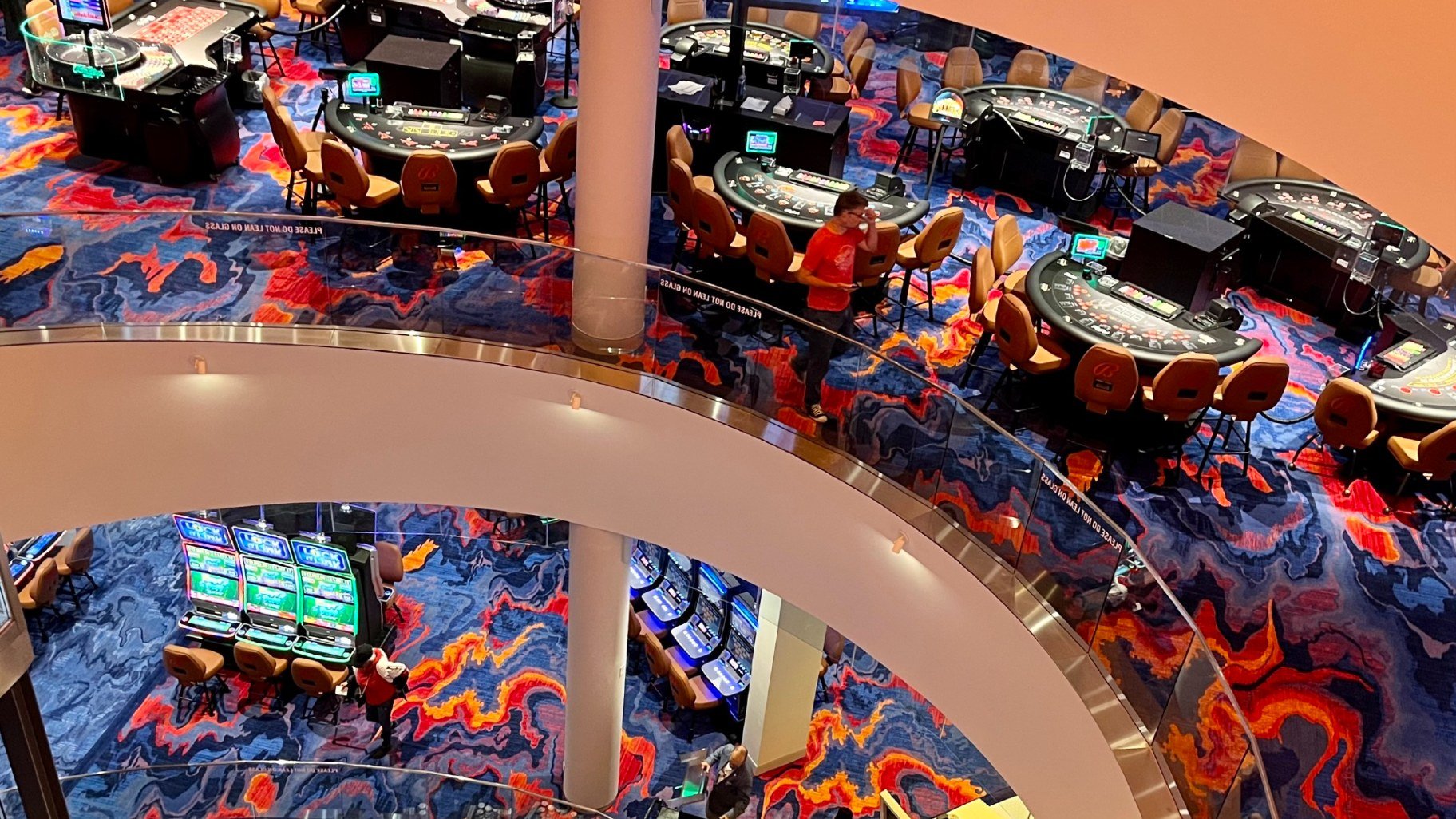Gambling with slots has enthralled players for decades, blending chance and entertainment in a vibrant manner. slot bet 50 From the earliest mechanical slot devices to the sophisticated digital machines of the present, the evolution of slot machines reflects not only advancements in technology but also shifting social dynamics around gambling. The excitement of turning the reels and the excitement of a potential win draw millions to casinos around the world, making slot machines a staple of gambling culture.
The attraction of these games goes beyond mere luck; they offer immersive experiences laden with themes, audio, and graphics that enhance the overall enjoyment. Whether playing in a lively casino or from the convenience of home, the excitement of slot gambling remains a common thread uniting players across varied backgrounds. This fascination continues to grow, sparking discussions around strategy, psychology, and the impact of gambling on society, as enthusiasts seek not only fortune but also a sense of community in their gameplay.
The History of Slot Machines
The origins of slot machines can be traced back to the late 19th century when a mechanic from San Francisco created the first true slot machine known as the famous Liberty Bell in 1895. This machine featured three spinning reels and five symbols, including horseshoes and the legendary Liberty Bell, which created the standard for future designs. Fey’s invention quickly gained popularity in bars and saloons, offering patrons a chance to earn small prizes, making it a widely enjoyed form of entertainment.
As the popularity of slot machines expanded in the early 20th century, they began to evolve. The introduction of electrical elements brought about the so-called fruit machine, which featured images of fruits such as cherries, lemons, and more, further enhancing the appeal of the game. With these improvements, slot machines transitioned from basic mechanical devices to more complex machines that offered a broader range of gameplay options and bonus features, attracting a larger audience and becoming commonplace in casinos.
The mid-20th century marked a significant turning point for slot machines with the emergence of computerized systems. The first fully automatic machine debuted in the 1960s, paving the way for video slots, which featured digital screens and sophisticated graphics. This advancement expanded the potential for innovation in design and gameplay, ultimately leading to the wide array of slot machines found today in casinos around the world. As slot gambling continued to gain global popularity, regulations also adapted, shaping the way these machines are manufactured and operated in the gaming industry.

How Slots Work
Slot machines function based on a mix of physical and digital systems designed to generate random outcomes. At the heart of a traditional slot are actual reels that spin when the gambler pulls a lever or hits a button. Modern video slots have substituted these physical reels with images displayed on a screen, but the fundamental principle remains the same: generating randomized numbers that decide where the symbols land on the reels.
The unpredictability is accomplished through a RNG, or random number generator, which continuously produces numbers even when the device is not being played. When a player activates the device, the RNG halts at a particular number, correlating to a combination of symbols on the screen. This guarantees that each spin is independent of the last, providing fair odds and maintaining the excitement of guesswork that attracts players to slot gambling.
In furthermore to simple paylines, many contemporary slot machines feature advanced game mechanics, including bonus rounds, increasing jackpots, and wild or scatter symbols. These elements add layers of strategy and interaction, encouraging players to engage with the machine beyond just the basic spinning of reels. This active ecosystem keeps slot gaming fresh and attractive, catering to a variety of preferences and gaming styles.
The Psychology of Gambling
This allure of gambling on slots often lies in its ability to evoke a variety of emotions, tapping into the thrill of risk versus reward. Players experience a rush of adrenaline as they pull the lever or hit the button, fueled by a mix of expectation and hope. This volatility can lead to a intensified state of excitement, making the experience addictive for many. The near-miss effect, where players come near to hitting a jackpot, triggers a surge of dopamine that reinforces the desire to keep playing, often despite substantial financial losses.
Social factors also play a critical role in the psychology of slot gambling. Many casinos create an engaging environment that encourages camaraderie among players, fostering a sense of belonging. The shared experience of playing together can enhance enjoyment, leading to extended gaming sessions. Furthermore, special offers and loyalty rewards make the decision to return to the slots feel more justified, as players believe they are part of an elite group, thereby amplifying their commitment to spending money on the machines.
Lastly, the way slot machines are designed influences player engagement at a psychological level. Features like bright lights, engaging sounds, and captivating themes create an atmosphere of excitement and diversion. This sensory overload can make it difficult for players to measure time spent and money lost, encouraging them to continue playing. By comprehending these psychological mechanisms, it becomes evident why slot gambling continues to intrigue so many people, drawing them into a world that blurs the line between entertainment and obsession.